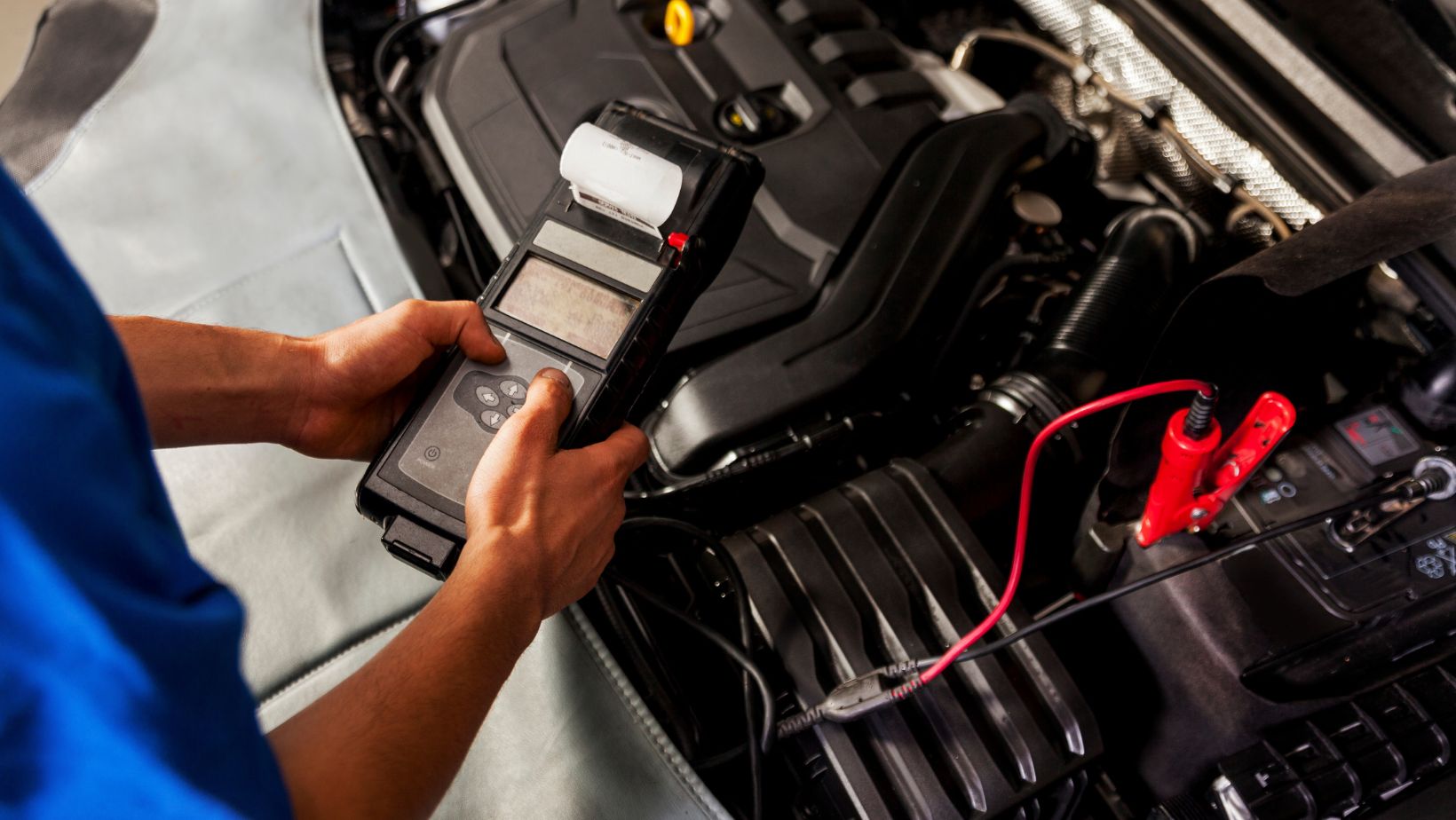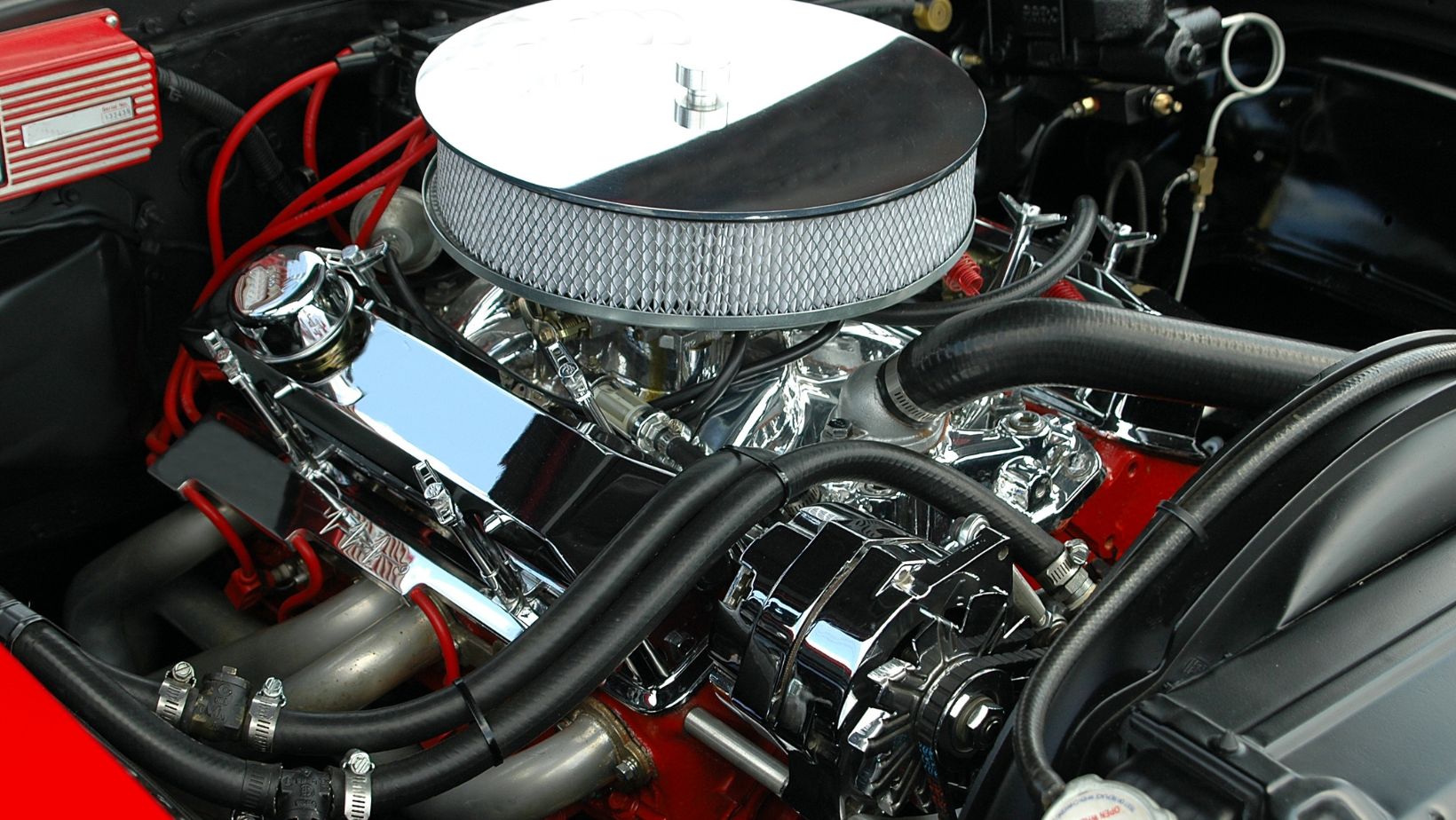Car Repair Tape
I’m sure we’ve all been there – a tiny crack or chip appears on your car, and before you know it, you’re reaching for the ever-reliable car repair tape. It’s a quick fix that’s saved many of us in tight situations. However, as handy as this tool might be, it’s crucial to take certain precautions when using car repair tape.
In my experience, I’ve seen how improper usage can lead to further damage rather than solving the initial problem. That’s why it’s important to handle this adhesive solution with care and knowledge.
You might ask yourself: “What could possibly go wrong? It’s just tape.” This is where most people slip up and make mistakes that could have easily been avoided with some basic guidelines. For instance, neglecting surface preparation or disregarding weather conditions can lead to an ineffective bond or even damage the surface of your vehicle. Let me walk you through some essential steps to ensure that you use car repair tape safely and effectively.
Understanding Car Repair Tape
If you’re anything like me, you’ve probably found yourself in a tight spot at least once or twice when your car decided to break down at the most inconvenient time. That’s when I stumbled upon the lifesaver that is car repair tape. Let’s delve into what this ingenious invention is all about.
Car repair tape, often referred to as automotive adhesive tape, is essentially a double-sided sticky band designed specifically for automobiles. It’s incredibly strong and durable – perfect for those quick fixes on the go. But it’s not just about sticking things together; this little hero has multiple uses! From patching up holes in hoses to holding together pieces of trim, it can be a real game changer.
But let’s get one thing straight – while car repair tape is definitely handy, it isn’t meant to replace professional repairs. Think of it more as a temporary solution until you can get your vehicle to the mechanic. This doesn’t make it any less valuable though!
There are various types of car repair tapes available in the market today:
- Duct Tape: Yes, our good old friend! While not specifically made for cars, its strength and versatility make duct tape suitable for temporary fixes.
- Electrical Tape: Primarily used for wiring jobs within the vehicle due to its insulating properties.
- Aluminum Foil Tape: Often used on exhaust pipes because it can withstand high temperatures.
When using car repair tapes like these ones mentioned above, there are certain precautions that ought to be considered:
- Always clean and dry the area where the tape will be applied before starting.
- Don’t apply too much tension when stretching out your tape.
- Be cautious while applying on painted surfaces as some tapes might damage them.
Keep these precautions in mind next time you find yourself reaching for that roll of car repair tape!

When to Use Car Repair Tape
I’ve got to tell you, car repair tape is something every driver should always have in their vehicle’s emergency kit. It’s a lifesaver when you’re dealing with minor damages that need quick fixes. So let’s answer the million-dollar question: when exactly should you use car repair tape? Here are some common scenarios.
Firstly, it’s your go-to solution for temporary patching of cracks and holes in your vehicle’s plastic parts. You’ll find it useful if you get a crack on your bumper or any other plastic surface due to minor accidents or even weather conditions.
Secondly, consider using car repair tape if there are leaks in your vehicle’s hoses. A coolant leak, for example, could lead to overheating problems while an air conditioning hose leak might leave you sweating on hot days. Just remember though; this is only a short-term fix until you can replace the faulty part.
Next up is patching up broken tail lights or headlights temporarily. If one of these gets cracked but still works, applying some clear car repair tape will prevent further damage and keep water out until replacements are installed.







































